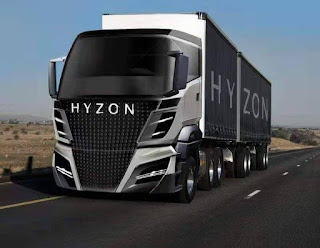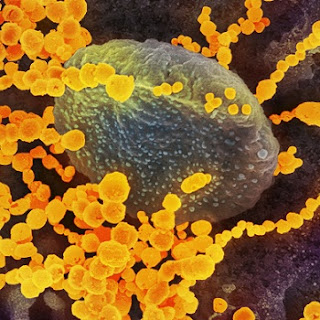Blue-green Spirulina algae may prevent serious Covid-19

Study finds an extract of enhanced Spirulina reduces by 70% the release of an immune-system protein that causes dangerous cytokine storm in the lungs.An extract of Spirulina blue-green algae may help Covid-19 patients avoid getting seriously ill, according to a study by Israeli and Icelandic scientists published in the journal Marine Biotechnology . “The potential health benefits of Spirulina are well documented,” the authors noted. “This blue-green algae contains C-phycocyanin (C-PC), a pigment-binding protein, which enhances antioxidation, anti-inflammation, and anti-tumor activities. The scientists found that an extract of photosynthetically enhanced Spirulina reduces by 70 percent the release of an immune-system protein that can cause a cytokine storm in the lungs leading to acute respiratory distress and organ damage. It is believed that cytokine storms are responsible for critical cases of Covid-19. The research was conducted at MIGAL Galilee Research Institute in northern





